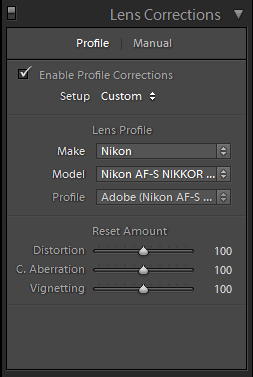

There is no complete list with all of the LCP combinations for all lenses on all bodies. Click Set as Default and Zoner Photo Studio X will automatically recognize your lens next time. This way, you won’t have to set up the LCP profile again. When you click the Set as Default button, Zoner Photo Studio will automatically recognize which profile belongs to which lens. Then just choose the profile with the right combination of lens and camera.Īssign all your lens profiles in this way. Then go down into the folder with the name of the lens’s manufacturer, and then the folder for the manufacturer of the camera on which you’re using the lens. It can usually be found at the following path on your computer: C:\ProgramData\Adobe\CameraRaw\LensProfiles\1.0. In the right panel, click the camera icon and c lick Add profile and choose the LCP for your lens. So it’s important to check for a lens model’s exact name. Keep in mind that manufacturers offer multiple versions for many of their lenses. Then learn your lens’s exact official designation. You can turn to our article on integrating the DNG converter into Zoner Photo Studio as a guide. To take advantage of an LCP profile to suppress lens defects like vignetting or chromatic aberration, first install Adobe DNG Converter, start up Zoner Photo Studio, and integrate the converter into ZPS.
#Adobe dng converter lens correction how to#
How to Automatically Correct Lens Defects Using an LCP An LCP profile works with these templates and can be used to automatically correct the lens defects in an image. “Templates” for distortion and optical defects thus exist for specific lenses on specific cameras. LCP is short for “Lens Correction Profile.” These profiles work from the fact that, based on various measurements, we can know the distortion displayed by a given lens.


 0 kommentar(er)
0 kommentar(er)
